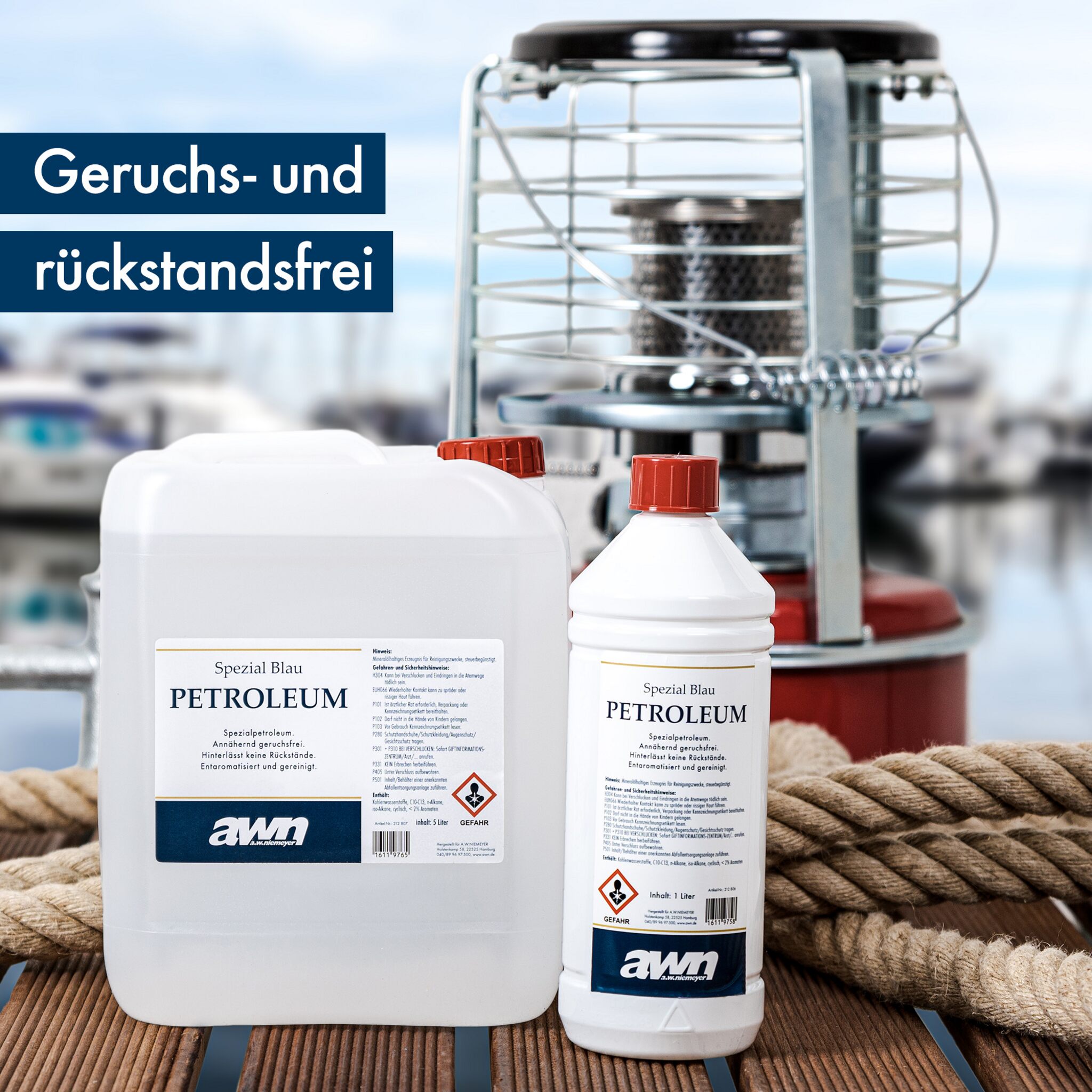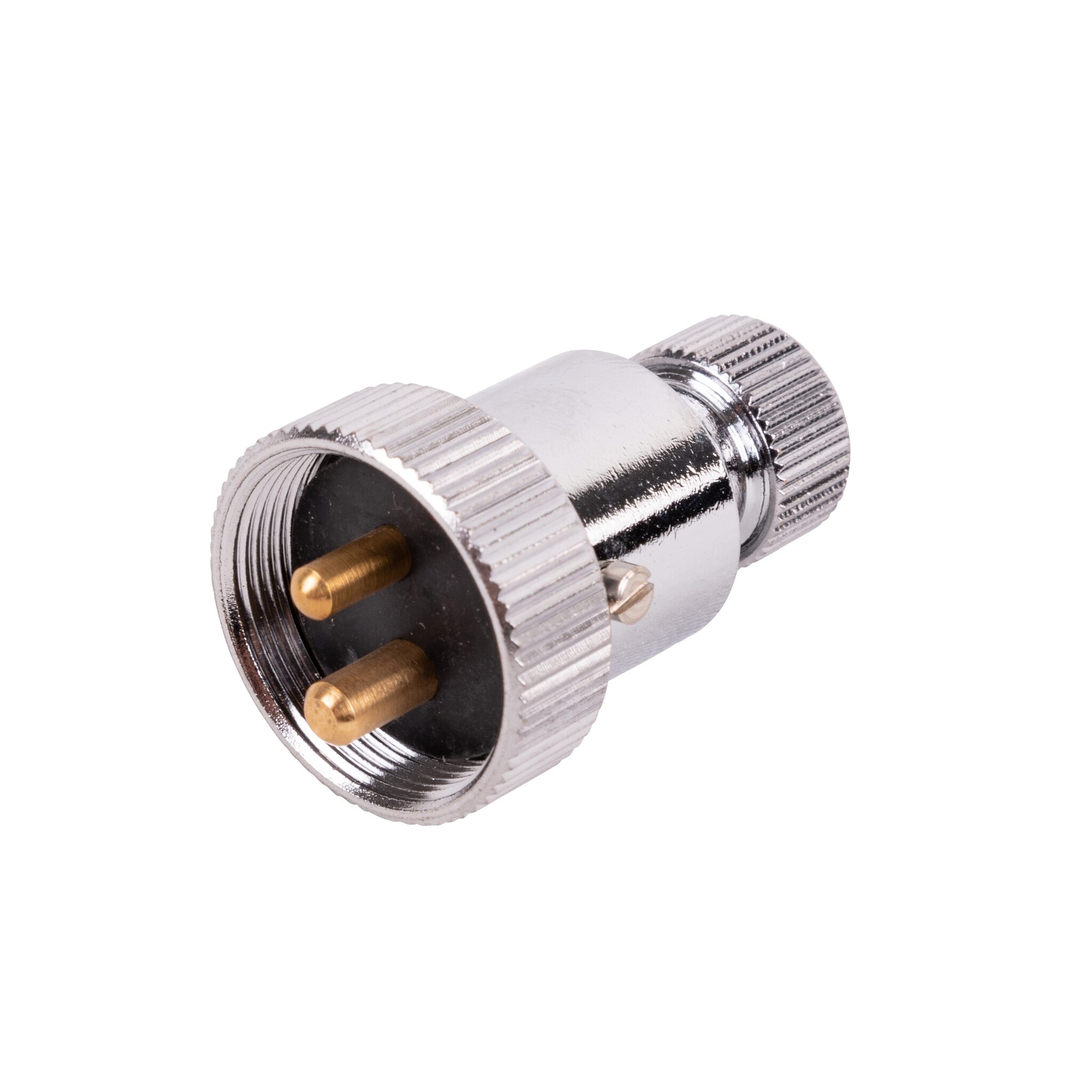Board electrics & boat lighting
International standards for alternating and direct current apply on all waters. Therefore, numerous regulations must be observed when equipping a boat with the appropriate boat electrics. If not all specifications are met, there may be problems with the insurance. Even the awarding of the important CE quality mark for the boat can be at risk. The lighting on board is of particular importance, because at night all members of the Crew to find their way around even when the sky is cloudy. The entire boat electrical system must be 100% protected from weather conditions and the high humidity in warm regions. Also, the aggressive UV radiation these days due to the hole in the ozone layer can be a threat to the functionality of the onboard electrics. Without boat lighting, other ships would not notice your own boat at night and in fog. With sensible means, it is important to protect the lighting on board from any short circuit.
Safeguarding the boat electrics
Neither the radio nor the engine will work if the onboard electrics fail. Since on most boats the on-board electrical system runs on a 12-volt basis in conjunction with an inverter, more than one high-quality battery should be available on board. Available are AGM batteries as well as models that use lead acid are. Also, solar modules can generate power for the boat's electrics as long as the sun is shining. Very environmentally conscious are the wind generators, which provide close to 100 percent independence. Almost all ships have shore power similar to motor homes. If battery, sun and wind fail at the same time and the coast is still a few hundred meters away, emergency Warning flashlight and radio hand transmitter the rescue. Rasch is on land again for the properly functioning boat electrics provided.
The 12/ 24 volt power supply on board
Both a sine wave inverter and a sine wave-like inverter effectively convert the current from the batteries, where there is DC current, into 230 V AC voltage. All Coffee machines, laptops and cell phones can thus be recharged in the blink of an eye using the on-board electrical system's battery. The boat's lighting also runs on the batteries' power grid. This is because the lighting on board takes precedence over almost all other equipment in the power supply.
Various ways to generate electricity on board
Sun and wind can replace any battery with the help of modern solar panels and wind generators. The on-board electrical system thus becomes completely autonomous. Onboard lighting can also be powered by wind at night. When there is no wind and the sky is dark, only a battery can provide the onboard electrics. Many ships use their shore connection in port to recharge the batteries and use all other equipment. This saves valuable conserved electricity for the cruise even when the lights on board are on.
Lighting on board - interior and exterior
At sea, all boat lighting usually works with the help of the boat's electrical system. But there are numerous methods to use this boat lighting with proven and modern means even without electricity to use. Petroleum lamps such as Petromax lanterns and petroleum wall lights or flashlights powered by small batteries can be a perfect substitute. Below deck, halogen and LED light sources save electricity. In an emergency, searchlights, handheld searchlights, flashlights and position lanterns, which are equipped with individual batteries, help as boat lighting.
























